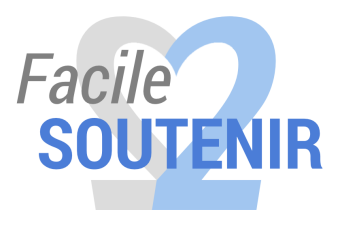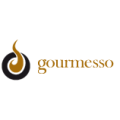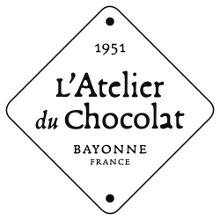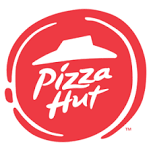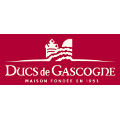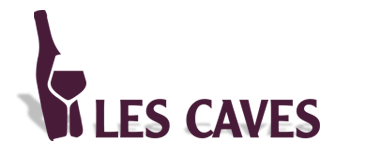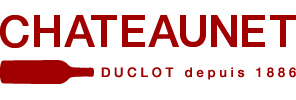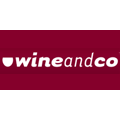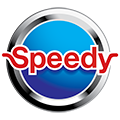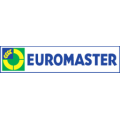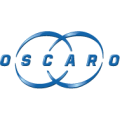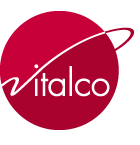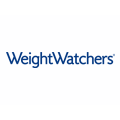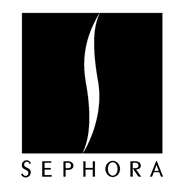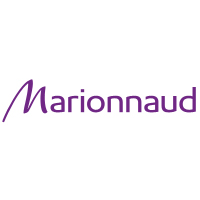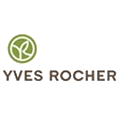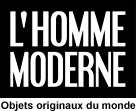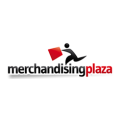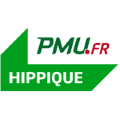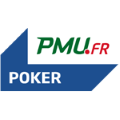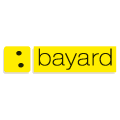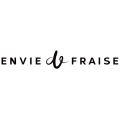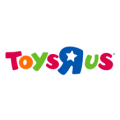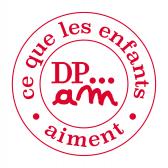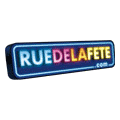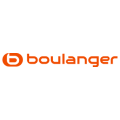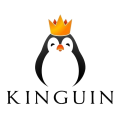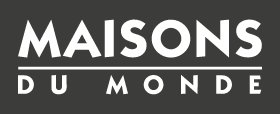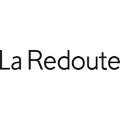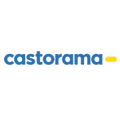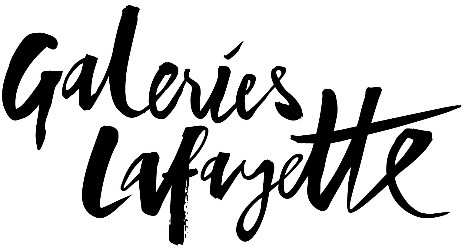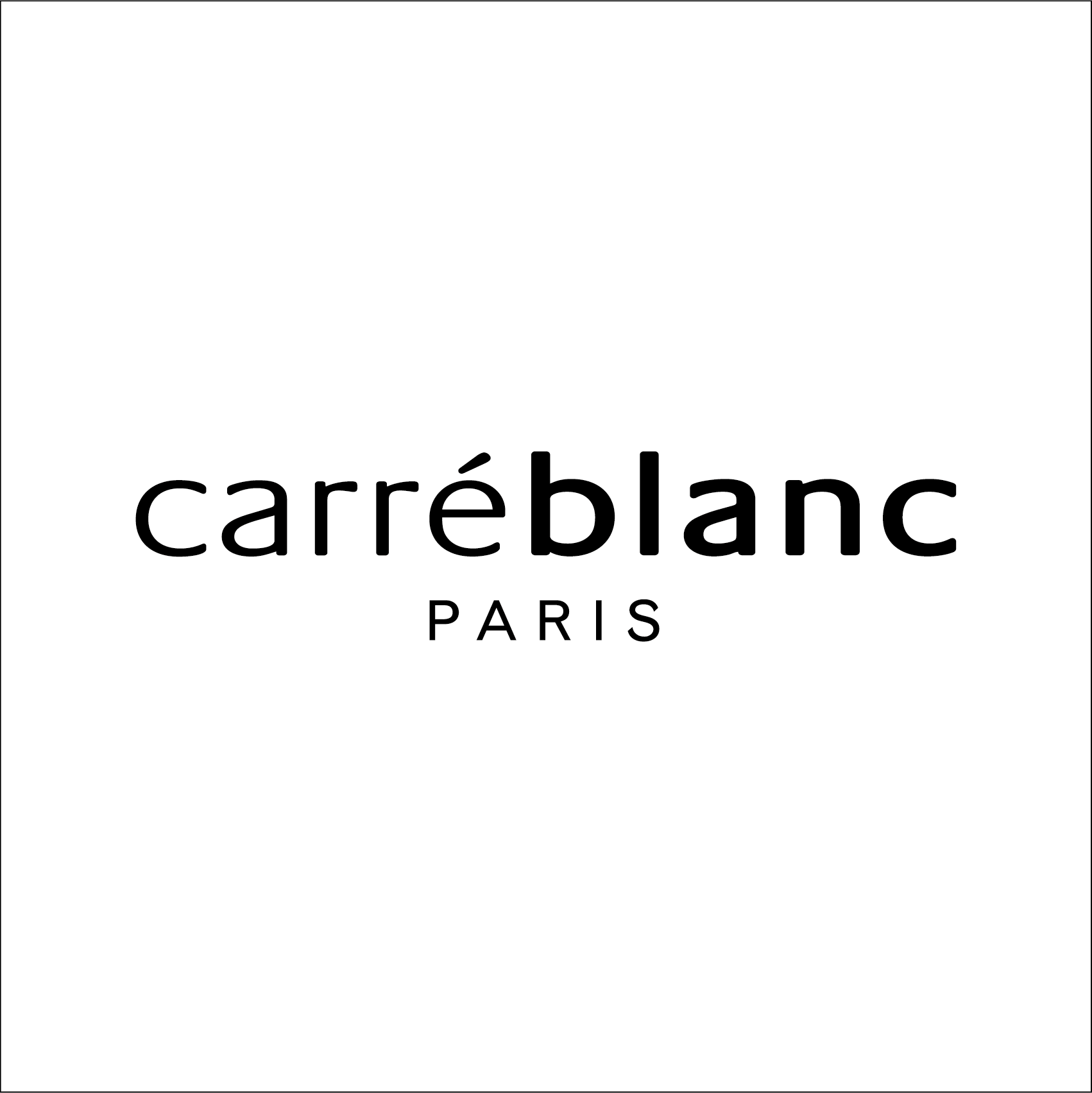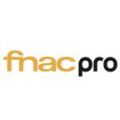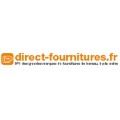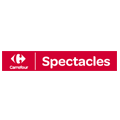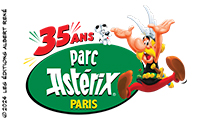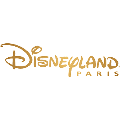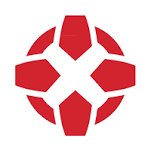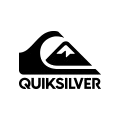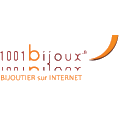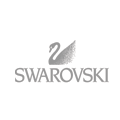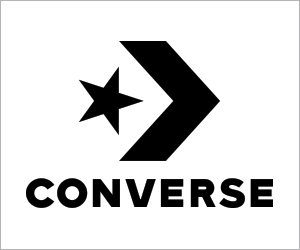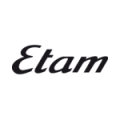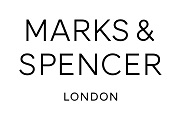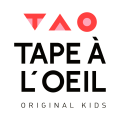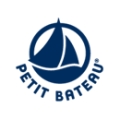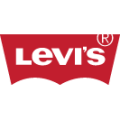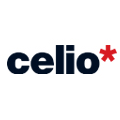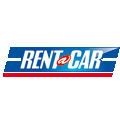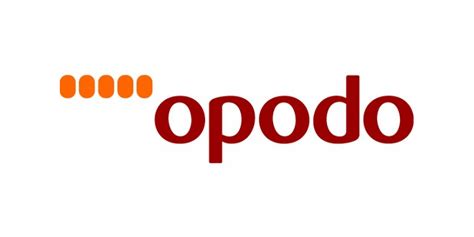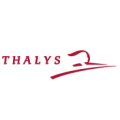EOQ What Is It, Examples, Formula, Relevance and Uses
Economic Order Quantity assumes both the ordering and holding costs are constant. Therefore, making it impossible to account for other factors that can affect the ordering and holding costs. DeMoon, a newly established small-scale glassware company, sells 250 China cups per month. The holding costs of the company per year are $5,000 and its ordering cost is $2,000 per year. After identifying the optimal number of products, the company can minimize the costs of buying, delivering, and storing products. The Economic Order Quantity determines the inventory reorder point of a company.
Examples of holding costs include insurance and property tax, rent, deterioration, maintenance fees, storage space, shrinkage, obsolescence, and others. Businesses operate better when they are aware of their ideal Economic Order Quantity. Economic Order Quantity helps a business time its orders for inventory to avoid low stocks and dead stocks situations. Economic Order Quantity is valuable to both small and big business owners. It assists managers in taking decisions on the number of times they make orders on a particular item, how often they reorder to get low possible costs and how much inventory they have.
His background is in e-commerce internet marketing and he has helped design the requirements for many features in Dynamic Inventory based on his expertise managing and marketing products online. Before we explain how to calculate EOQ, let’s see how and where this value can be applied. For the past 52 years, Harold Averkamp (CPA, MBA) hasworked as an accounting supervisor, manager, consultant, university instructor, and innovator in teaching accounting online. For the past 52 years, Harold Averkamp (CPA, MBA) has worked as an accounting supervisor, manager, consultant, university instructor, and innovator in teaching accounting online. Yarilet Perez is an experienced multimedia journalist and fact-checker with a Master of Science in Journalism. She has worked in multiple cities covering breaking news, politics, education, and more.
Using EOC helps the company stay ahead of demands and not run out of stocks. Stocks are available in abundance and deadlines are easily met when you use the Economic Order Quantity to perfection. This results in keeping long-term customers and clients, and lower customer acquisition costs (CAC). Let’s take an example to calculate EOQ – Economic Order Quantity for a pen manufacturing company where the company’s annual quantity demanded is 400, the holding cost is $2, and the ordering cost is $1. This concept arises from the fact that the cost remains under control but the required demand is met. But it can be applied best in cases where the demand and cost does not fluctuate overtime.
Limitations of Using EOQ
This can be time-consuming if you’re using how to calculate depreciation rate % from depreciation amount spreadsheets and have no tracking in place. Inventory management software, however, can pull this information together in a few clicks, so you can apply the right data to your EOQ formula. The EOQ model helps you plan an inventory system so you never run out of stock and keep customers happy with your brand. The Economic Order Quantity is used by manufacturing and merchandise companies. When a business orders less inventory than its customers demand, it can easily lose out on customers who will go elsewhere for the product.
Leveraging EOQ for Optimized Inventory Control
If the company is constantly placing small orders to maintain a specific inventory level, the ordering costs are higher, along with the need for additional storage space. Originally appearing in 1913, it describes a simple inventory planning model showing the tradeoff between holding costs and ordering costs. The Economic Order Quantity (EOQ) is known as a cash flow tool that helps to control cash that has been held down in a company’s inventory balance. Minimizing the level of inventory means more cash for other business investments. Minimizing the holding costs to the barest minimum is an important aspect of warehouse management. Companies use warehouse inventory management software to help keep their holding costs low.
By doing so, the company continues to fill orders and does not run out of inventory. There accounting services st. paul is also revenue lost if the company can not fill an order due to insufficient inventory. The EOQ assumes demand is constant and inventory is reduced at a fixed rate until it reaches zero. EOQ ensures that a company witnesses no shortage of inventory with no additional cost.
Extensions of the EOQ model
- She supports small businesses in growing to their first six figures and beyond.
- EOQ acts as a continuous review system, monitoring inventory nonstop and ordering a fixed quantity once inventory levels reach a specific reorder point.
- The Economic Order Quantity determines the inventory reorder point of a company.
- Determination of Economic Order Quantity (EOQ) does not put a delay in delivery time into consideration.
- Without it, companies will tend to hold too much inventory during periods of low demand, while also holding too little inventory in periods of high demand.
Someone on our team will connect you with a financial professional in our network holding the correct designation and expertise. Our writing and editorial staff are a team of experts holding advanced financial designations and have written for most major financial media publications. Our work has been directly cited by organizations including Entrepreneur, Business Insider, Investopedia, Forbes, CNBC, and many others. Our goal is to deliver the most understandable and comprehensive explanations of financial topics using simple writing complemented by helpful graphics and animation videos.
The quantity can be determined using any particular software or through the use of mathematical formula and help in reduction cash blockage due to unnecessary production or purchase. For example, a popular item that was once in constant demand may fall out of style, or a business may need to ensure they have more Halloween costumes available for purchase in October. Let’s suppose that the business owner from our previous example has got a volume discount offer.
Lower Storage Costs
While the EOQ calculation model assumes there will be consistent demand for your product, and pricing will remain constant, reality is not usually that simple. Using EOQ supply chain calculations is only effective if you can use reliable data. By determining a reorder point, the business avoids running out of inventory and can continue to fill customer orders.
11 Financial is a registered investment adviser located in Lufkin, Texas. 11 Financial may only transact business in those states in which it is registered, or qualifies for an exemption or exclusion from registration requirements. 11 Financial’s website is limited to the dissemination of general information pertaining to its advisory services, together with access to additional investment-related information, publications, and links. The cost of obtaining quotations, preparing/placing orders, conducting follow-up actions, receiving and inspecting, and paying bills are all included in the procurement cost. The EOQ is the size of the order that yields the best economy when purchasing any material. The EOQ is also commonly referred to as the economic lot quantity or economic buying quantity.
How is the Economic Order Quantity (EOQ) formula derived?
By keeping the above values in the below tabular equation, we get the total cost with different volumes. Perera et al. (2017)[4] establish this optimality and fully characterize the (s,S) optimality within the EOQ setting under general cost structures. Carrying cost is calculated based on the insurance premium, depreciation, obsolescence, storage, preservation costs, and interest on value of stock held, including that of handling and other allied costs. For a single order, the procurement cost is the total cost, which is obtained by adding up all the above costs and dividing the result by the number of orders placed during that period. The salaries of the personnel involved in all business processes are the main items to be considered when calculating the procurement cost. In fact, only 37% of shoppers return to a retailer’s website or store after an item goes out of stock.
